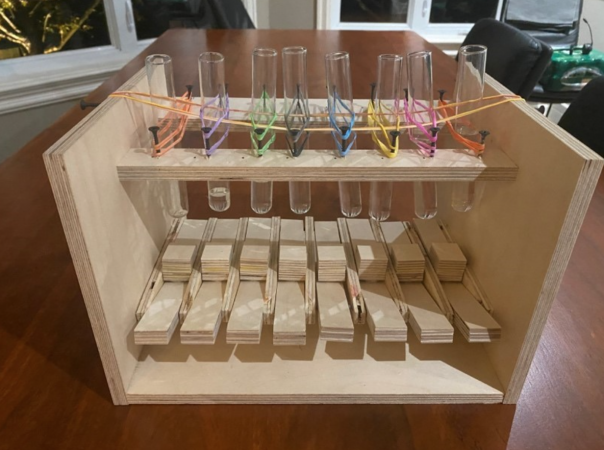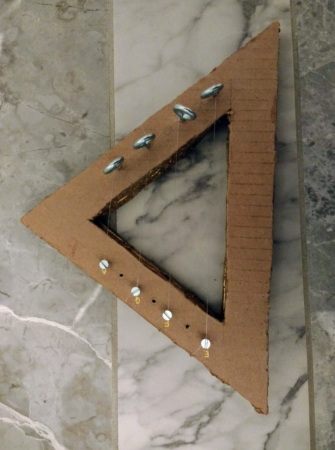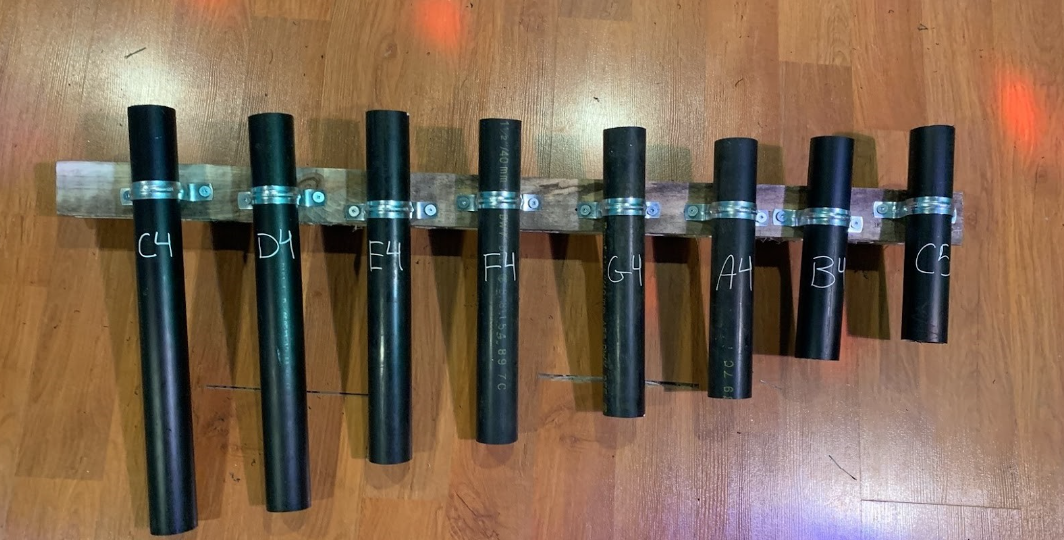Traditional labs: non-value-added activities
In Physics, Chemistry, and Biology courses, labs are a significant part of class time. However, they might sometimes be “disconnected” from the content presented in lectures. Actually, the literature shows that most of the time, labs don’t help the students understand the course content. Sometimes, they might even impede their understanding…
SALTISE project research
As part of the Programme d’aide à la recherche sur l’enseignement et l’apprentissage (PAREA) , SALTISE secured funding to implement a research project on inquiry-based labs. This project led by Liz Charles, a researcher at Dawson College, was conducted by a team of Physics, Chemistry and Biology teachers from Vanier College, John Abbott College, and Cégep André-Laurendeau.
Inquiry-based learning is an active learning approach based on the investigation of authentic problems. Learning is put into the students’ hands, but the teacher guides them by providing the proper scaffolding. Through collaborative activities, for instance, students are developing skills such as:
- analysis
- decision-making
- evaluation
The research project led by SALTISE aims to extend inquiry-based learning to science lab experimentation at the college level. Inquiry-based labs require students to make decisions on:
- what methods to use
- what data to collect
- etc.
This is an extensive project. One of the roles played by Rhys and other members of the research group is to implement the inquiry-based labs into the classroom by developing the right scaffolding, then testing and refining the scaffolding in question.
What is scaffolding?
Scaffolds are teacher-designed tools that help carry out a learning process. They are mostly useful to structure processes that are challenging.
For example, scaffolding can consist of presenting a series of similar problem-solving tasks to students. The 1st time, certain steps are given by the teacher so the students can focus on a specific learning task. The 2nd time, more tasks are given to the students, etc. If the scaffolding is appropriate, students should be able to solve the last problem on their own.
The inquiry-based approach in Rhys Adams’ Waves and Modern Physics course
Before participating in the SALTISE research project on inquiry-based labs, Rhys Adams was already conducting an inquiry-based project with his students. The students were asked to choose a photonics-based Nobel Prize. Every student had to describe the physics of this Nobel Prize by connecting it to the course content.
When he got involved in the SALTISE research project, Rhys had the idea of another project that could be integrated into his classroom-based labs: building a musical instrument. Rhys reimagined his classroom labs (mostly, to introduce labs to students and the required tasks) in order to engage students in building a basic but functional musical instrument at the end of the semester.
When I talked to him, Rhys was conducting this project with students for the 4th time. Each semester, he would refine his project-related scaffolding.
Rhys Adams’ scaffolding approach in labs on motions and waves
Springs
The 1st lab of the semester is on springs. Rhys asks the students to research which factors influence the period of the motion of a hanging block-spring system. (Students are given a specific research question). The students (in teams) need to prepare their own method designs, collect data, and analyze them.
Then, on the myDalite platform, students need to answer metacognitive questions. Rhys provides them with data collected by “an expert” to answer the same research question. Students have to explain the procedure the expert used and compare and contrast this procedure with theirs. This helps them to prepare better methods for the 2nd experiment on simple pendulums.
Pendulums
For the 2nd lab, Rhys asks the students to research which factors influence the period of the motion of a simple pendulum.
Once again, the students (in teams) need to prepare their own method designs, collect data, and analyze them in order to answer the research question provided by Rhys.
This experiment is quite similar to the 1st one: the concepts are easy to transfer for the students.
Then, Rhys provides them with data collected from “an expert”. Each student, individually, analyzes the data in a lab report. Peer assessments are done on the individual lab report. Then, the students team up to complete a final lab report that will be evaluated by Rhys. Each team can decide if they want to complete their lab report based on a report by one of the team members and improve it, or simply start over.
Rhys meets with each team to discuss the strengths and weaknesses of their lab report.
Resonant standing waves
The 3rd lab is on resonant standing waves in pipes and on strings. The tasks related to this lab are rather similar to those completed by the students in the 1st lab (on springs). As in the 1st lab, students have to complete a learning reflection on myDalite at the end of the activity, and Rhys provides feedback to each team.
What they learn during this activity is directly relevant to the musical instrument design project.
Musical instrument design
The musical instrument design project is presented to the students right before the 3rd lab on resonant standing waves. Rhys explains that they will have to:
- build a musical instrument with at least 1 string or 1 pipe. It must be made with household items worth no more than 10$
- fill out an instrument specification sheet
- present and play their musical instrument in class (If the instrument is too big to bring to class (it happens!), they can submit a short video of them playing the instrument.)
- complete peer and self-assessments
Most of all, while designing their instrument, the students will have to transfer knowledge acquired from a previous lab experiment. They decide on their experimentation, and they conduct the experiment at home. For example, the experiment could attempt to determine the length that will allow a given string, under a given tension, to emit the desired frequency.
At the beginning of the project, there is a brainstorming activity done in teams. The students are also allowed to use the college lab equipment if needed. No prior musical knowledge is necessary.
From now on, Rhys will ask his students to take photos or film the experimental set-up they intend to use to avoid cheating since the lab experiment is done at home.
The main difference between the 4th lab experiment and the preceding ones is that this time, the students must come up with their own research question. In the other labs, Rhys provides the research question, but not here. Each student has to direct their experiment toward the most useful question for their project. At this point, thanks to the appropriate scaffolding, students have enough examples of “good” research questions to know how to formulate a relevant one on their own.
The musical instrument: an engaging pretext!
In this project, the musical instrument is a way of stimulating students’ motivation and curiosity. For Rhys, the instrument is somehow a pretext for the students to learn physics concepts and acquire scientific research skills.
Liz Charles interviewed Rhys’ students, and she realized that the students love building their instrument. It is one of the main course highlights.
The fact that the students have to present their instrument in class motivates them to work well. Rhys has seen all kinds of instruments. Some instruments are beautiful, but they don’t sound good. Some instruments are quite simple but have outstanding sounds. Others are particularly original.




